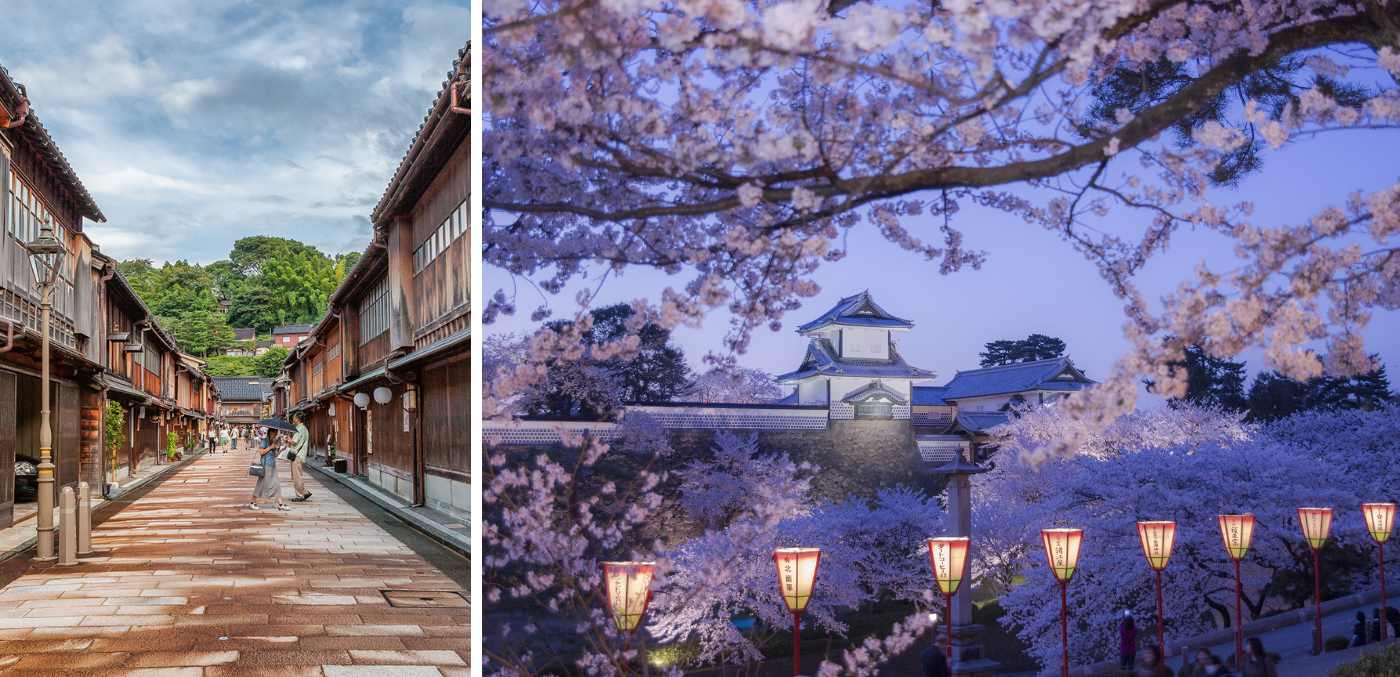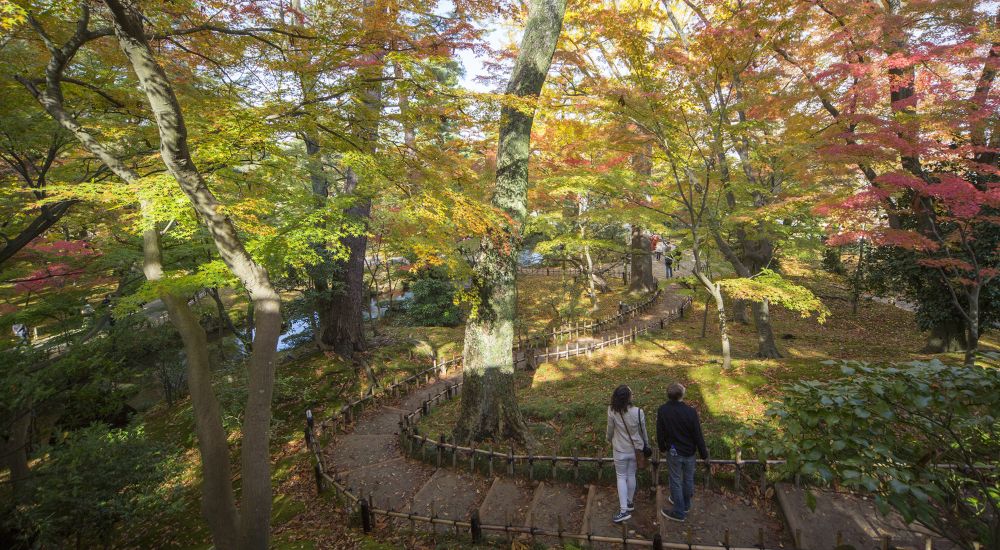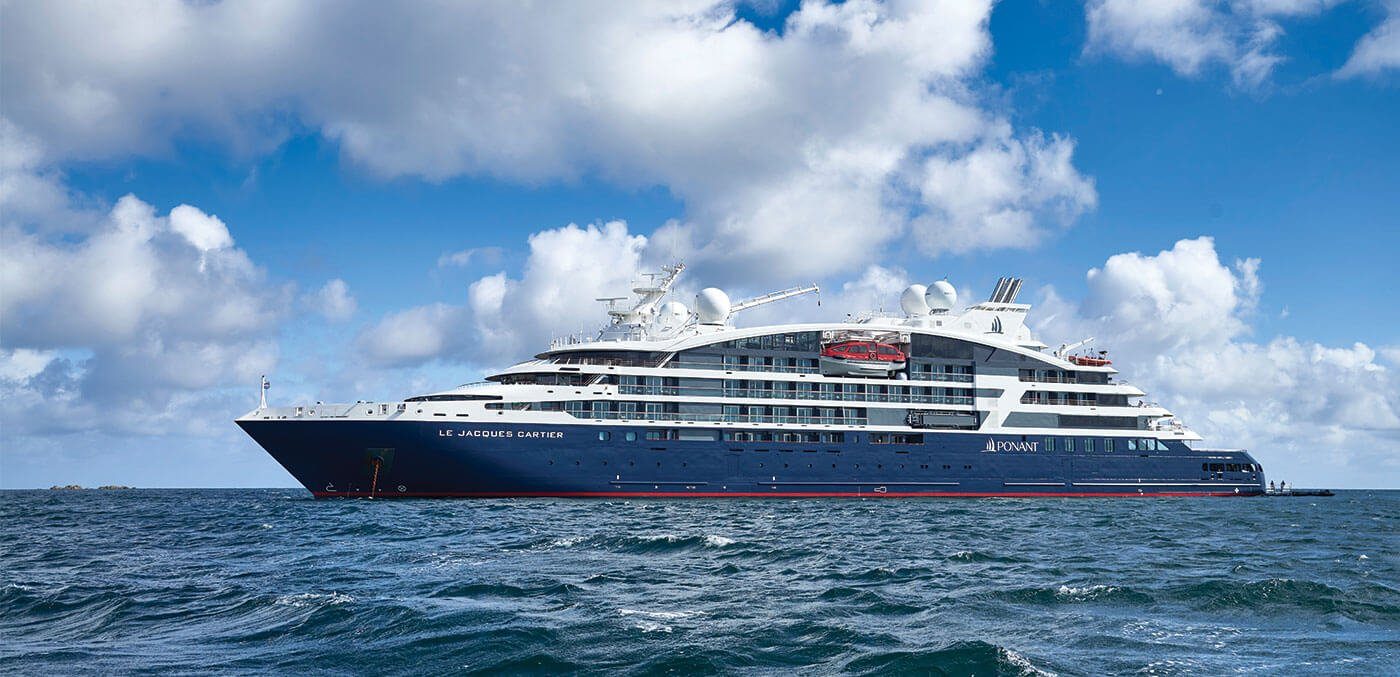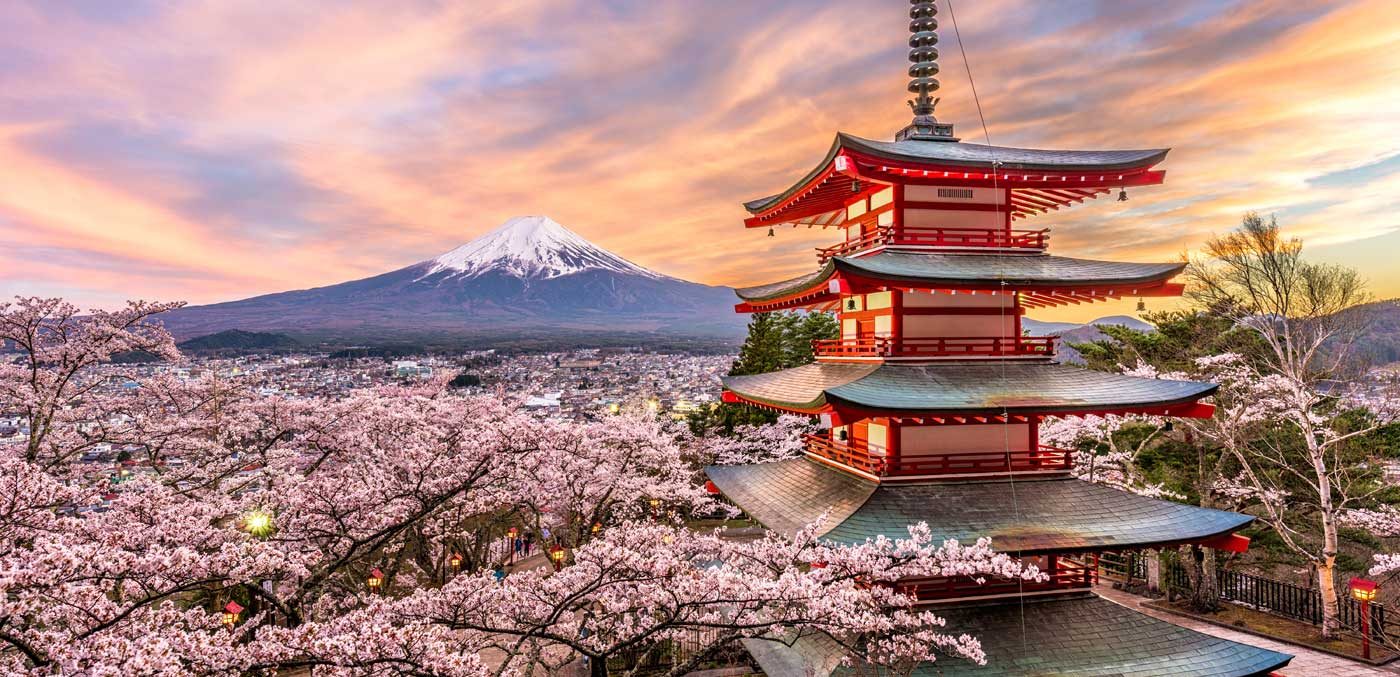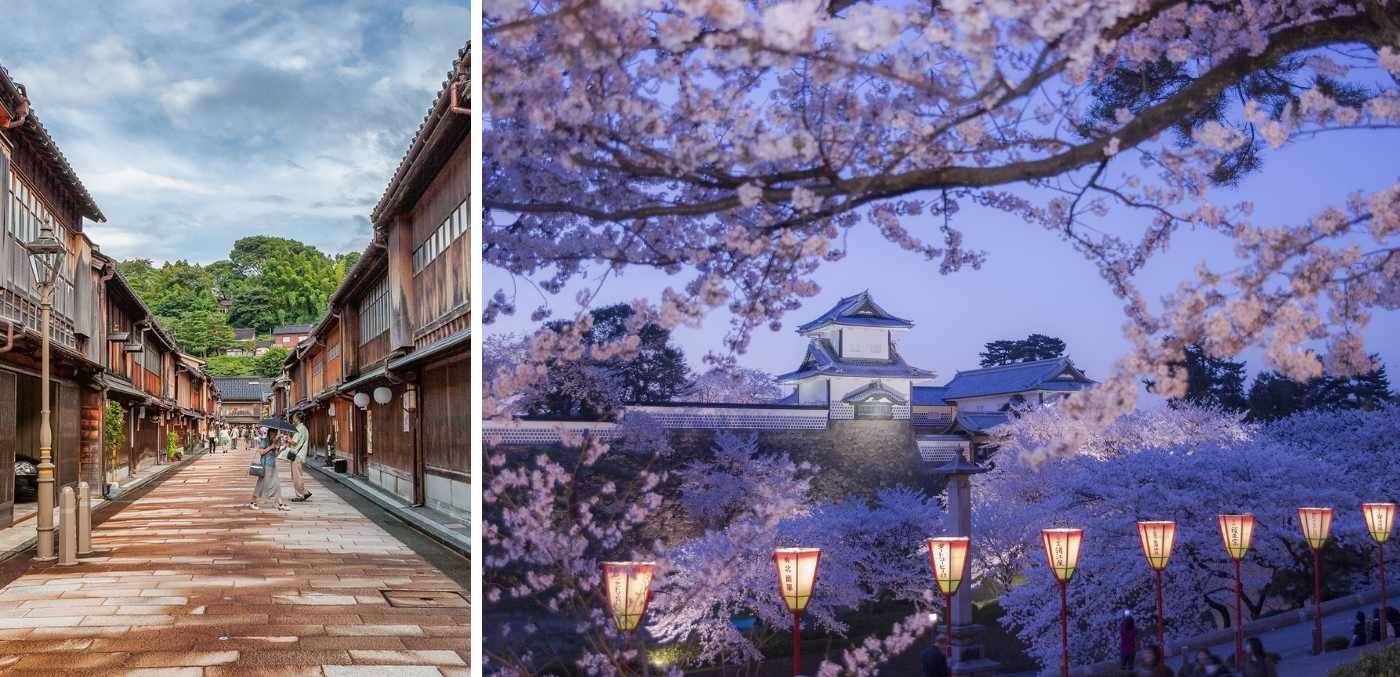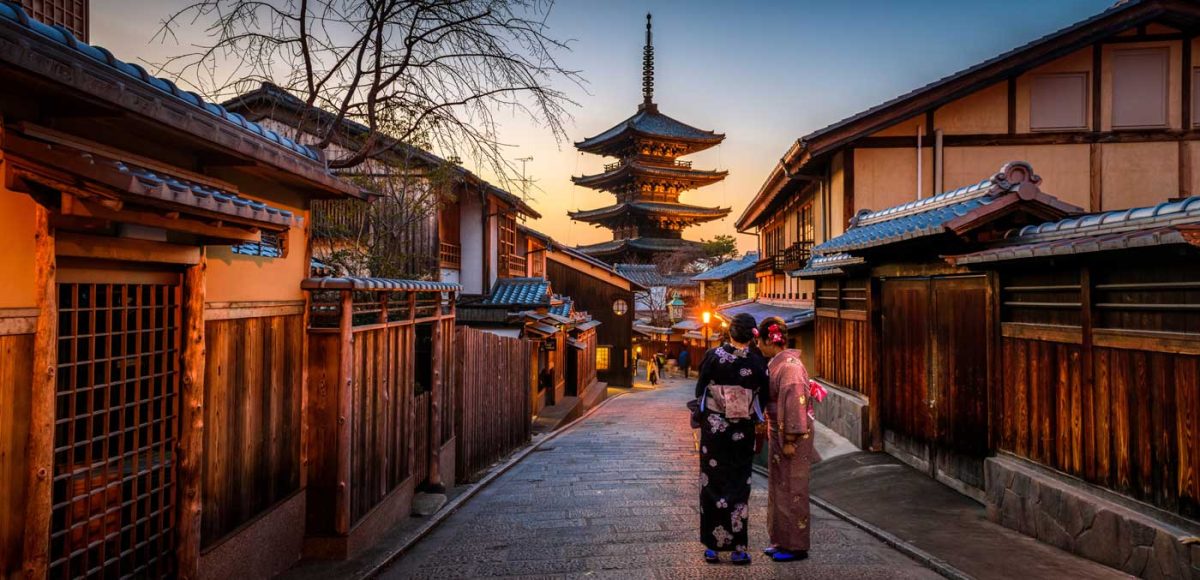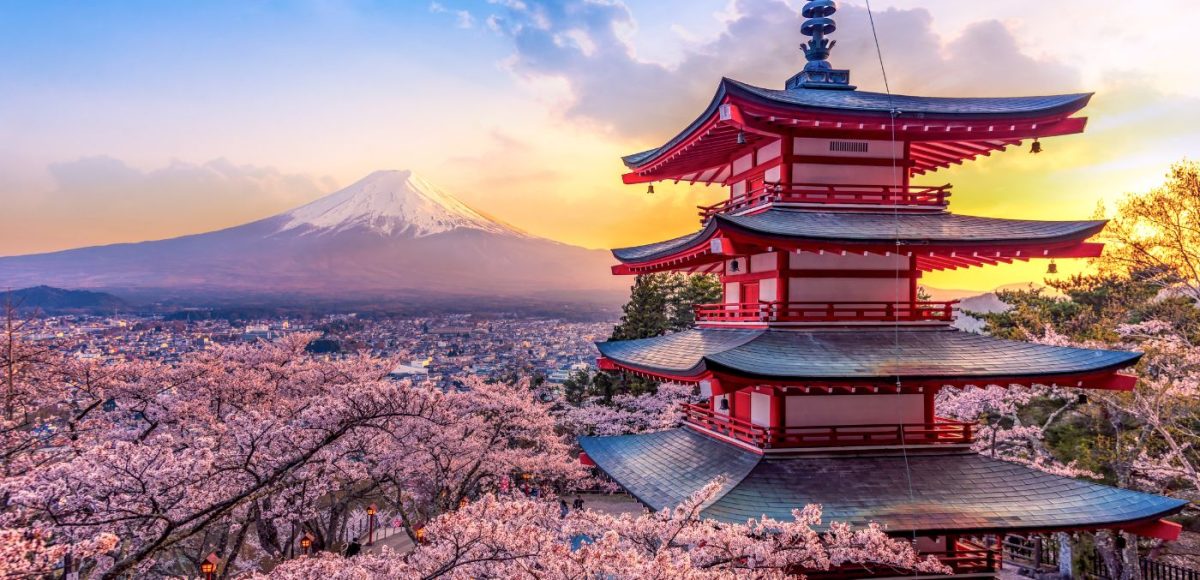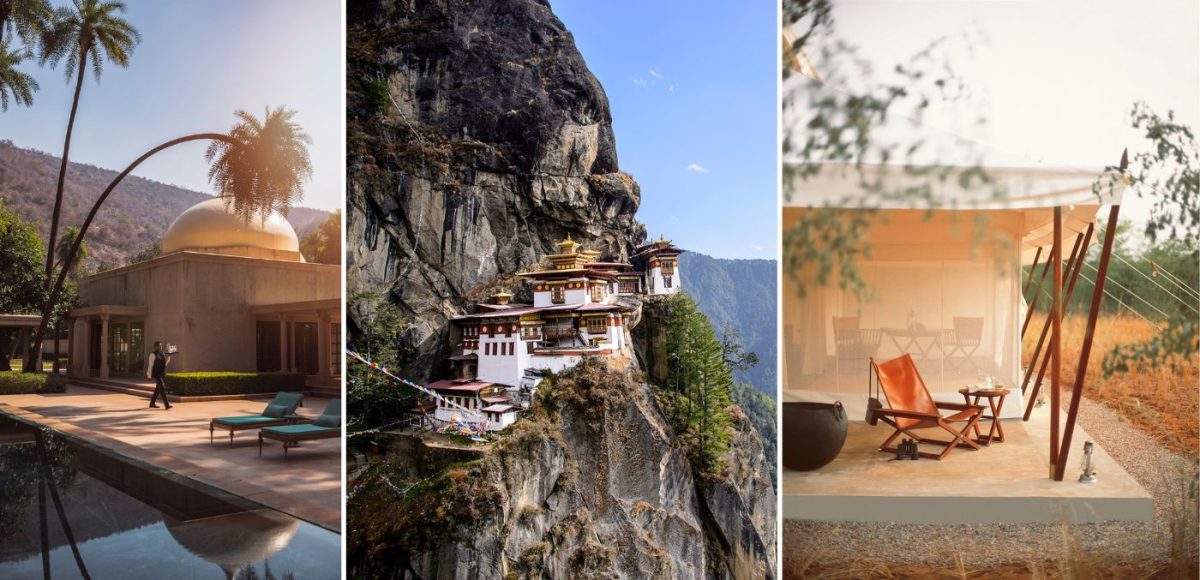From geisha and samurai to Kaga cuisine and dressing in lavish Kaga Yuzen kimonos, these are the best things to do in Kanazawa, Japan, writes Nardia Plumridge.
It was always a bucket list dream to travel to Japan – to uncover its rich past and see first-hand the heady mix with the ultra-modern. So when I was invited to explore the lesser-travelled west coast of Japan, I jumped at the chance with a resounding ‘hai’!
A quick bullet train from Tokyo and you’re in Kanazawa, Ishikawa Prefecture’s capital, a historic town in central Honshu Island, edged by the Sea of Japan and loved for its mesmerising mix of old meets modern where ancient temples sit comfortably next to modern gallery spaces.
What is Kanazawa known for?
Often compared to Kyoto, Kanazawa is known for its elegant and remarkably intact geisha and samurai districts. It breathes a ‘step back in time’ feel as you wander its narrow paths, often bumping into other travellers dressed to the nines in geisha costumes in full splendid and colourful attire.
During the Edo Period, the city became one of Japan’s leading cultural hubs that continues today. In 2009 Kanazawa was recognised as a UNESCO Creative City of Crafts and Folk Art – and remains a go-to for traditional Japanese culture to contemporary art. Known for well-preserved Edo-era districts, art museums and regional handicrafts and modern cuisine with a seafood-rich menu inspired by its location.
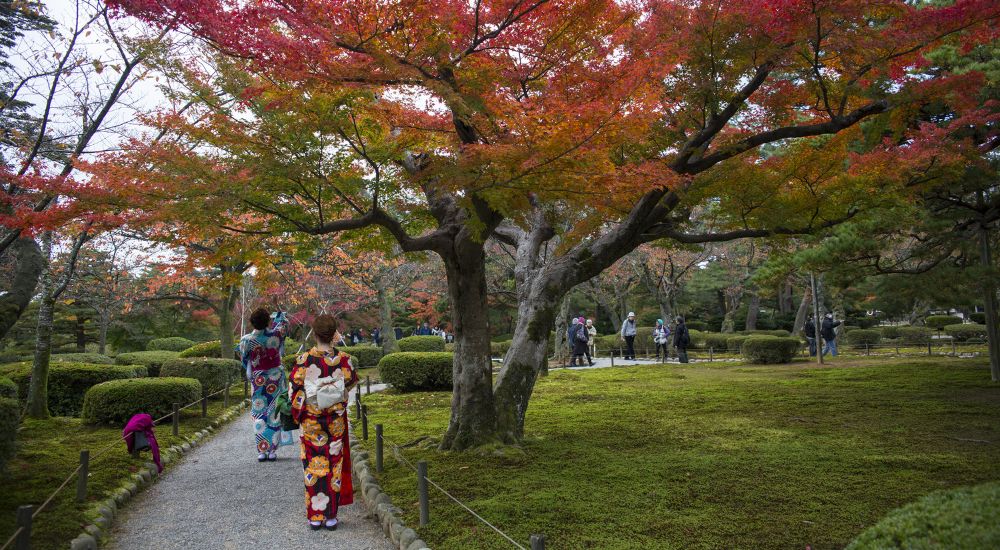
Things to do in Kanazawa, Japan
Kenrokuen Garden
At Kanazawa’s centre is the grand Kenrokuen Garden considered one of Japan’s most beautiful landscape gardens and one of the most enchanting things to do in Kanazawa. Taking shape in the 17th century, the gardens are celebrated for their classic Japanese landscape design and architecture incorporating ponds and streams and filled with magnificent cherry and plum blossoms come spring. With a temperate climate year-round, visiting in spring (March through May) is spectacular, as is the autumn (September to mid-November) when the leaves turn gold and brown.
Kanazawa Castle
Sitting pretty next to Kenrokuen Garden is the spectacular Kanazawa Castle. Built in the 1580s, after the defeat of the Peasant’s Kingdom, Japan’s only Buddhist kingdom, Kanazawa Castle and its park bring to life the city’s rich heritage. The turrets and the storehouse are open from 9 am until 4.30 pm, and strolling the grounds take you back to what life may have been like centuries before. Kanazawa was one of the few Japanese cities to be spared from bombing during World War II, another reason the city remains so intact and filled with traditional Japanese charm. Make time to try a gold leaf ice cream famous at kiosks by the Garden and Castle gates, for a taste of the high life.
Kanazawa Castle in bloom
Visit Higashi Cyaya District
Kanazawa means ‘marsh of gold’, and the city is filled with glittering attractions. Kanazawa is famous for its unique geisha and samurai districts and authentic Japanese experiences, and the go-to area has to be Higashi Cyaya District. Built in 1820, it’s known as the old Geisha District, with its central street ideal for window shopping, perusing the souvenir shops and stores selling gold-leaf crafts, and taking time out in its many tea houses. Visiting this district is one of the best things to do in Kanazawa, Japan. Lined with charming traditional wooden houses, it’s the place to see a geisha performance and delve into this tradition from the past.
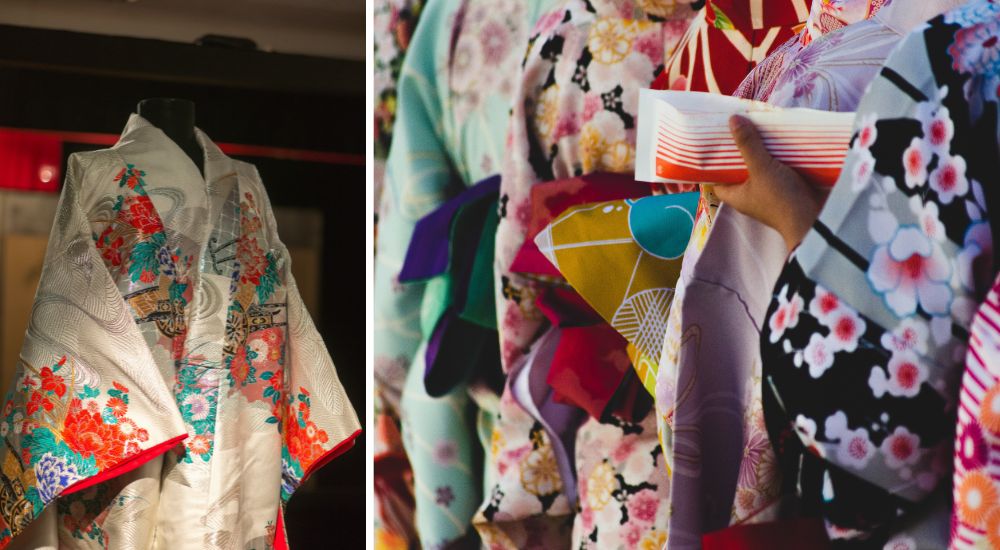
21st Century Museum of Contemporary Art
The contemporary art begins even before entering Kanazawa’s 21st Century Museum of Contemporary Art. One of the most critical works designed by Japanese architects Kazuyo Sejima and Ryue Nishizawa, this circular building at 112.5 metres in diameter has no clear main entrance. Rather it’s designed with no clear front or back to encourage visitors to approach the museum – and its art – from more than one direction.
One of Japan’s most famous art museums, inside are works of celebrated contemporary artists from Japan and around the world. Plus, a library, lecture halls and children’s workshops. Popular installations include Leandro Erlich’s “Swimming Pool”. Here people appear to be underwater (you can be part of the artwork for a ticket fee). Or James Turrell’s Blue Planet Sky, a courtyard space that is an art piece in itself. The museum is free with some paid-for exhibits, and one of the essential things to do in Kanazawa.
21st Century Museum of Contemporary Art
D.T. Suzuki Museum
If you’re looking for things to do in Kanazawa on a rainy day, try D.T. Suzuki Museum. Dedicated to the life, writings, and ideas of Kanazawa-born Buddhist philosopher Daisetsu Teitaro Suzuki, this elegant minimalist designed building literally floats on water. A stunning combination of modern architecture immersing in its natural surroundings. It’s an utterly serene space, that includes a contemplative room overlooking the Water Mirror Garden.
A small yet elegant building, D.T. Suzuki Museum showcases the work and philosophy of Suzuki. The man famed for introducing Zen Buddhism to the West, and born a short walk from Kenrokuen Gardens. Today, he remains one of the city’s most cherished sons.
Where to eat in Kanazawa, Japan
Kanazawa is famous for its quality seafood and sake. A destination for food lovers with some of the best seafood caught nearby in the Sea of Japan. Fine dining is at the fore. Yet, beyond the fine dining, a number of modern restaurants are luring gourmands.
COIL
A creative and modern take on Japanese food to an interactive level, COIL‘s dining room is sleek and minimalist. While on the menu, roll your own hosomaki sushi (a slender roll that’s easy-to-eat cuisine), with sides of vegetable tempura, Japanese traditional teas alongside 13 types of Monaka soup. Within this ultra-contemporary zen-like setting, choose five or six fillings to hand-wrap your hosomaki sushi. From salmon to sweet shrimp, yellowtail, duck confit, Noto beef sukiyaki and basil-infused avocado, COIL is one of the best places to eat in Kanazawa. The menu mixes up classic with fusion flavours. A dinner banquet covers eight ‘courses’ with gelato to finish. A drinks menu features Japanese wines. Or try the local shochu, a sweet potato distilled spirit that will more than cleanse the palette.
TILE
Sister restaurant TILE is also worth bookmarking. A take on the traditional Japanese rice bowl with a modern flair, the serving experience is half the fun. Here, you’re given an access code to a delicious jewellery box of food made to order. The restaurant is a renovated 110-year-old Japanese house and is famed for its rice bowls. It’s one of the best things to do in Kanazawa for foodies. These come with your choice of sushi toppings (of fresh seafood, roast beef, just a few of the 30 topping choices). Which you can freely arrange over your bowl on a base of red sushi – a mixture of white sushi rice and a unique red vinegar. With a side of monaka soup of sea bream, shrimp, or yuba miso soup.
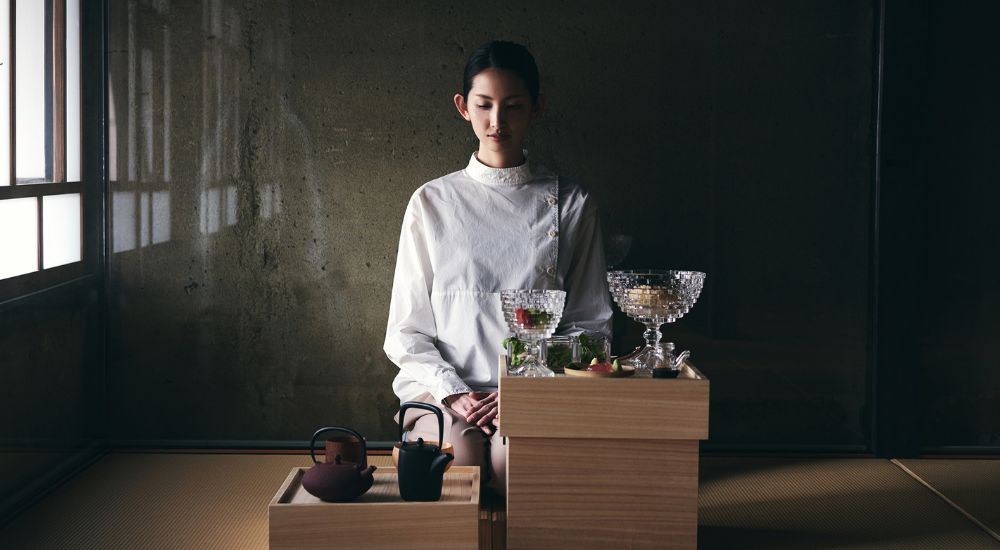
Where to stay in Kanazawa, Japan
Travellers wondering where to stay while in Kanazawa should look no further than Hyatt Centric Kanazawa, the most upscale hotel in town that opened in late 2020. Merely seconds from Kanazawa Station, it makes arriving by train a breeze. The hotel is the perfect Kanazawa accommodation for exploring the city’s art, culture, shopping, and historic sights. 253 modern rooms and suites are plush and feature walls with art by local artists. Its open-air rooftop bar is high above the city on the 14th floor. Boasting stunning views of Kanazawa from the terrace ideal for a craft cocktail come sunset made with local Kanazawa gin.

How to get to Kanazawa from Tokyo, Nagoya or Osaka
Easily accessible by Shinkansen with its direct connection to the Hokuriku line. Trains arrive from Tokyo, Nagoya, or Osaka with a one-way ride taking 2.5 to 3 hours. If you’re looking for things to do in Kanazawa, the shopping in Kanazawa Station is worth noting. Within its walls is an enormous retail space, more Selfridges than simply a train station. With homewares, sweet treats and other outlets selling upscale items that are the perfect take-home souvenir. It’s a great way to while away the time before heading to your next destination.
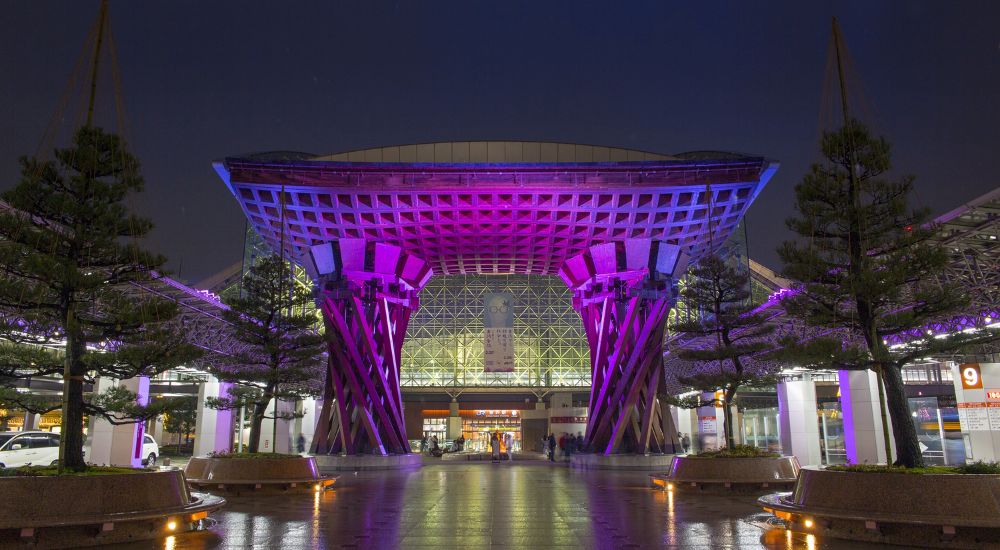
Things to do in Nagano
Zenko-ji Temple
One of Japan’s most beautiful cities, Nagano is famed for the near-1400-year-old Zenko-ji Temple – a registered National Treasure and one of Japan’s most important Buddhist complexes. It simply shines. It’s the kind of location you dream about when visiting Japan of a bygone era, and one of the best things to do in Nagano. Grand wood temples with a slight tease of a curve at the roof edge, and gold detailing that is brightly offset from the blackened wood that has aged over centuries. Dating to the 7th century, English-speaking guided tours are the best way to explore its rich past and be invited to a Monk fire burning ceremony and zen mediation.
Zenkoji Omotesando
Wander the pedestrian street at the foot of the temples (Zenkoji Omotesando) and try the local street food, oyaki, a hearty dumpling from the mountains of Nagano made from buckwheat flour and filled with delicious flavours from pumpkin to anko (sweet red bean paste).
Zenko-ji Temple, Nagano
Snow hiking to Togakushi Shrine
The Shinto shrines of Togakushi and the samurai town of Matsushiro also lie within the Nagano city boundary. Togakushi Shrine has three levels – lower, a middle, and an upper shrine. All which are dedicated in Japanese mythology to a glittering Sun Goddess. The best way to traverse the monuments is by snowshoe trekking with a local expert guide walking past giant cedar trees through the sacred area of Kagamiike.
Ninja soba session
Nearby you can also indulge in a soba-making experience with an authentic ninja chef. Learning soba-making techniques, Togakushi history and ninja school secrets all in one setting. All before diving into a bowl of fresh soba noodles for lunch handmade by yourself with the mountains as a backdrop – it’s one of the most delicious foodie things to do in Nagano.
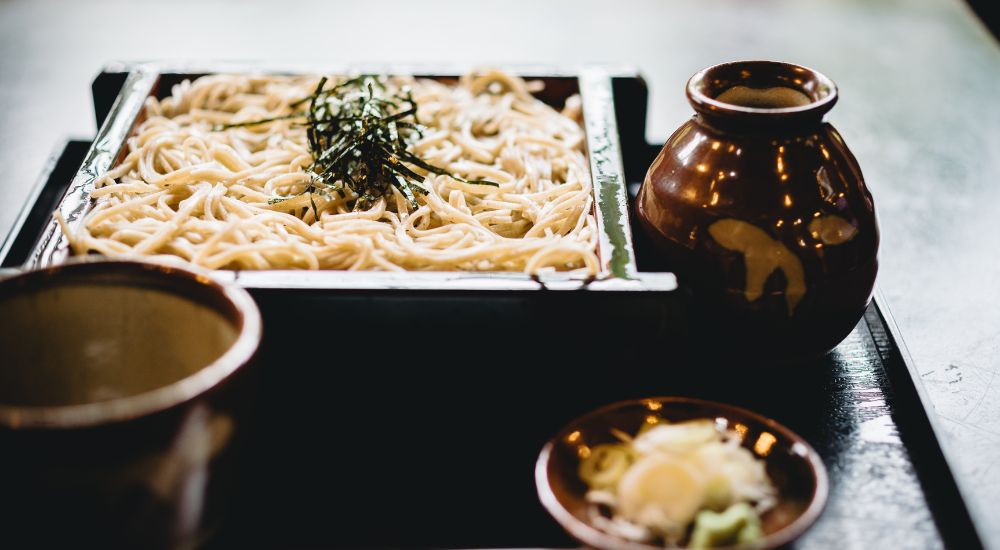
Joshin’etsu Kogen National Park
Nagano is known for its countryside pursuits and a region best seen from the serenity of its mountainous landscape. Snow hiking is widespread, yet long walks are equally thrilling in any season. For nature lovers, a place where you can observe the ecology of Japanese macaques up close, surrounded by stunning mountains when snow-capped look even more majestic – Joshin’etsu Kogen National Park. Stretching across Nagano is Japan’s fourth-largest national park, formed by volcanic activity millions of years ago. Filled with hiking routes and rock climbing for summer, in the winter, the Shiga Kogen highlands are renowned for their skiing and snow sports.
Jigokudani Monkey Park and Nagano snow monkeys
Many travel here for the Jigokudani Snow Monkey Park, nestled in a valley by the Yokoyu River. On a tranquil walk through the pine forests, you’ll reach the waterside, home to many wild Nagano snow monkeys or Japanese macaques. During winter, you’ll see them basking in the warmth of the hot springs this part of Nagano is famous for.
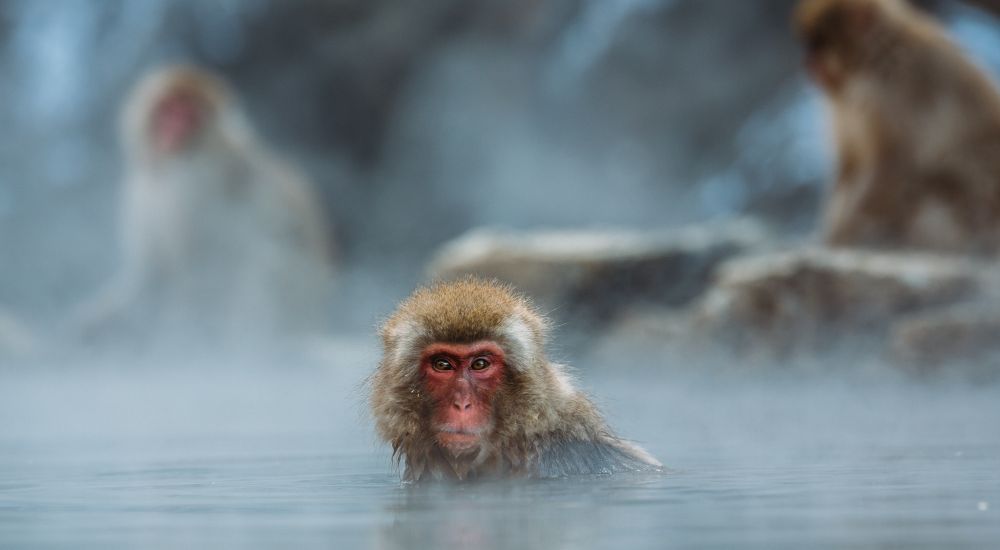
Where to stay in Nagano
Although thoroughly modern these hotels are inspired by ryokans, traditional Japanese inns that typically feature tatami-matted rooms, communal baths and lounges where guests relax in yukata – casual, often colourful, Japanese kimonos. This style of Nagano accommodation will allow you to become more immersed within the destination.
Ryokan Aburaya Tousen
An overnight stay in Yudanaka at Aburaya Tousen brings the charm of classic Japanese inns of the past. With the added bliss of an in-house onsen to relax and revive. Book one of the rooms with a private onsen bath on your balcony with magnificent views of Shinshu Mountains and the Yomase River. Your very own open-air deep tub has 39-degree water fresh from the hillside and an outside shower.
Rooms come either traditional in form with a futon bed or opt for one of the rooms with western beds. On the hotel’s seventh floor is the communal onsen for guests with several large open-air baths overlooking the town, boasting more of the natural hot spring waters to tantalise the senses. A sauna and spa room for massage treatments are also on hand.
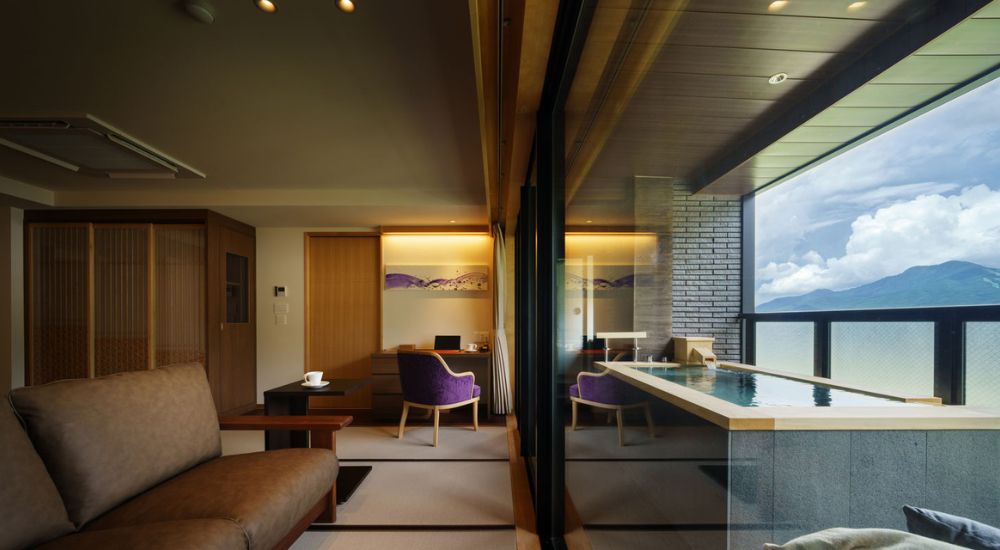
Hiramatsu Karuizawa Miyota
The newest luxury hotel in Nagano, and the new flagship property for Hiramatsu, a group of luxury ryokans, Hiramatsu Karuizawa Miyota evolved from the celebrated French restaurant in Tokyo.
Opened in May 2021, and just 10 kilometres from Honmachi Machiyakan, its leafy surrounds and private onsen bathtubs make for the perfect escape. It’s five-star luxury inland, with French-inspired fine dining at its core. Via a menu crafted by Bocuse-trained chef Akio Yanagihara, a veteran of several Hiramatsu restaurants in Tokyo and Paris. On the plate he delves into the rich produce of Nagano’s Shinshu region to craft Japanese-French fusion.
Watch: Hiramatsu Miyota
With only 34 rooms (including nine villa suites) that feature a private balcony with garden views. And boast semi-open-air hot spring baths filled with mineral-rich waters from the onsen town of Ueda. Its mountain-side locale is also within easy reach of the Usui Pass Railway Heritage Park, less than 30 minutes drive by car.
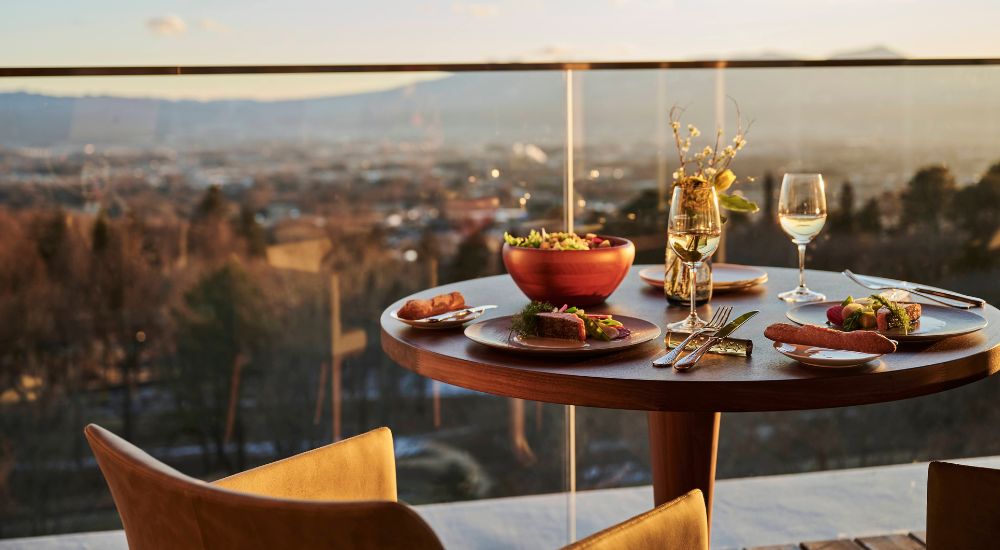
How to get to Nagano from Tokyo
Nagano town is easily reached from Tokyo by Hokuriku Shinkansen (bullet train) in only 1.5 hours.
Read more:
The best gourmet food destinations in Japan
The best new restaurants, hotels and experiences in Japan
The best way to experience Japan’s Kanto region
How to sleep in a restored castle in Japan
Japan’s first female-designed skyscraper boasts five ultra-luxury penthouse suites
This article is a Signature Luxury Travel & Style digital exclusive. Be the first to see more exclusive online content by subscribing to the enewsletter.
Read more inspiring stories about Japan by Signature Luxury Travel & Style…







